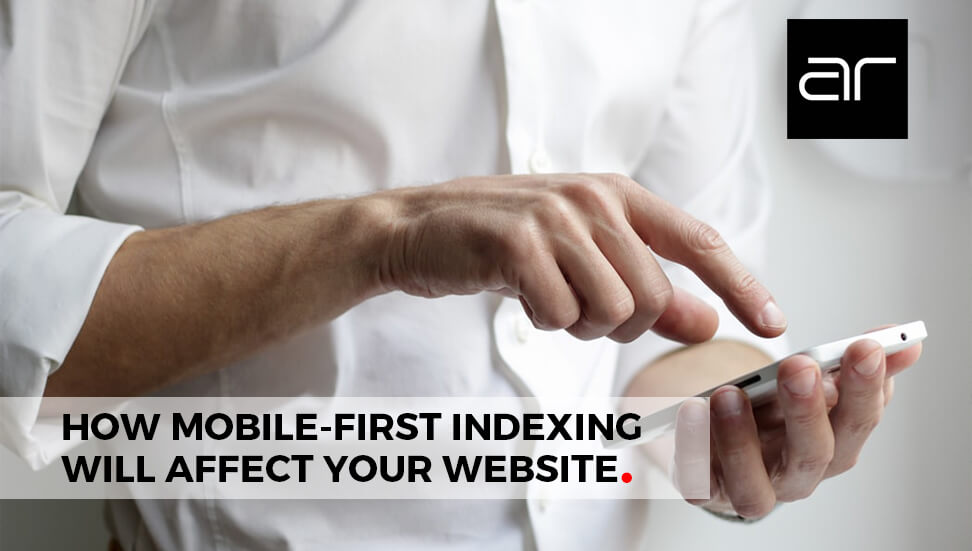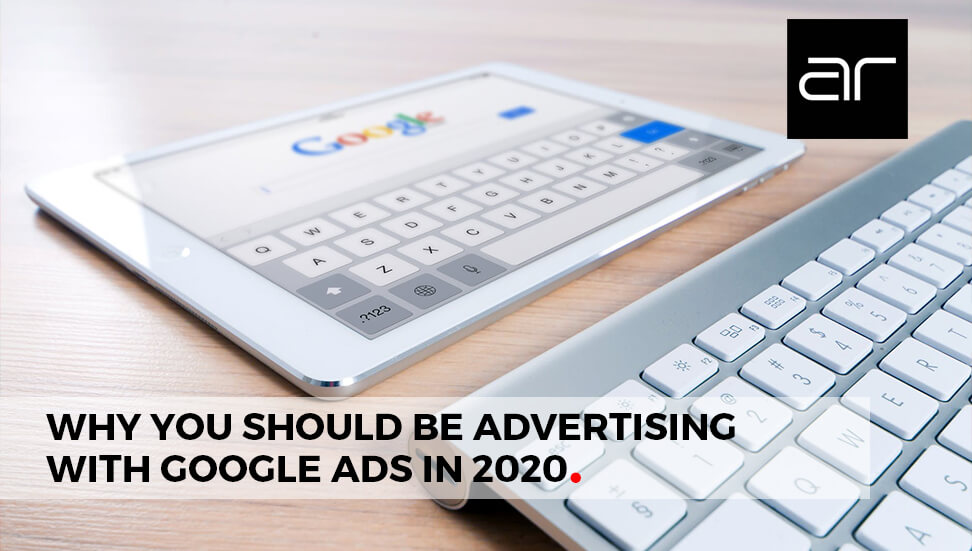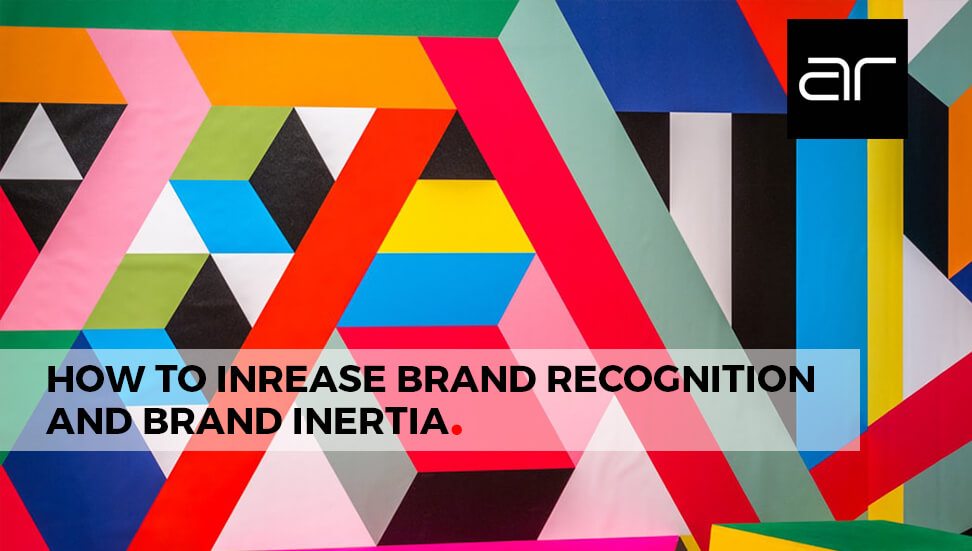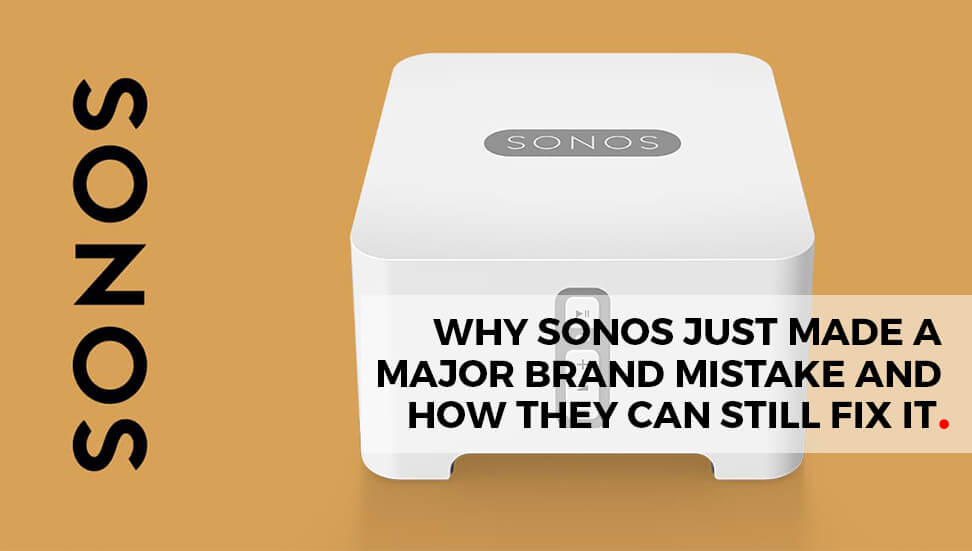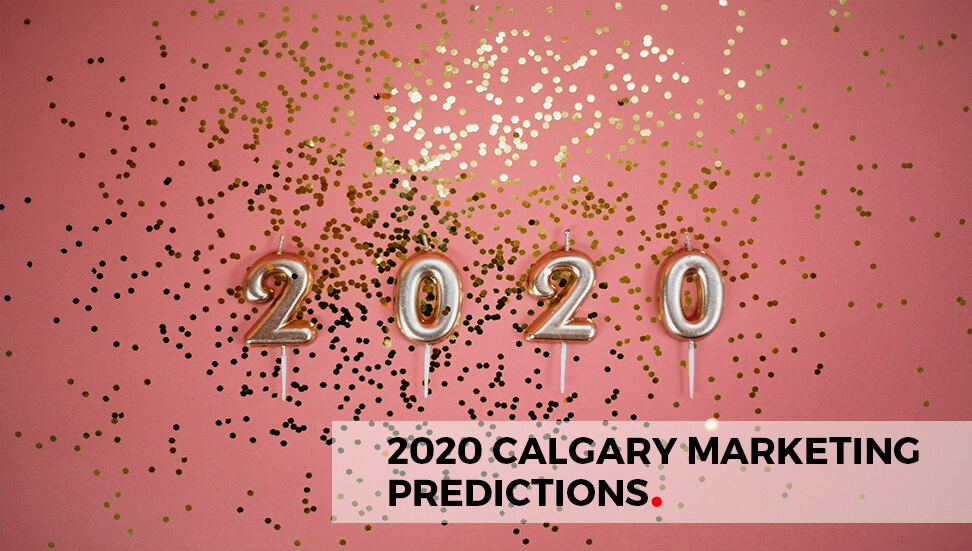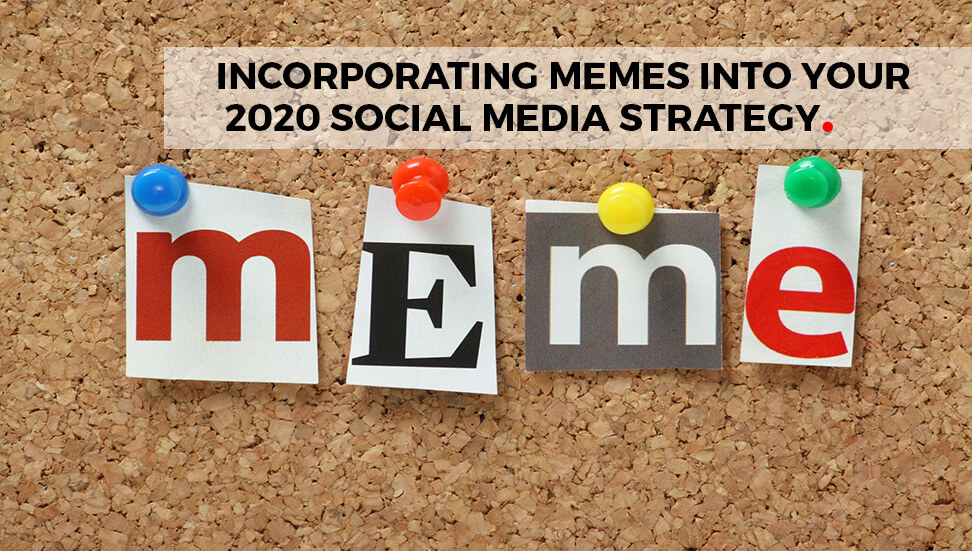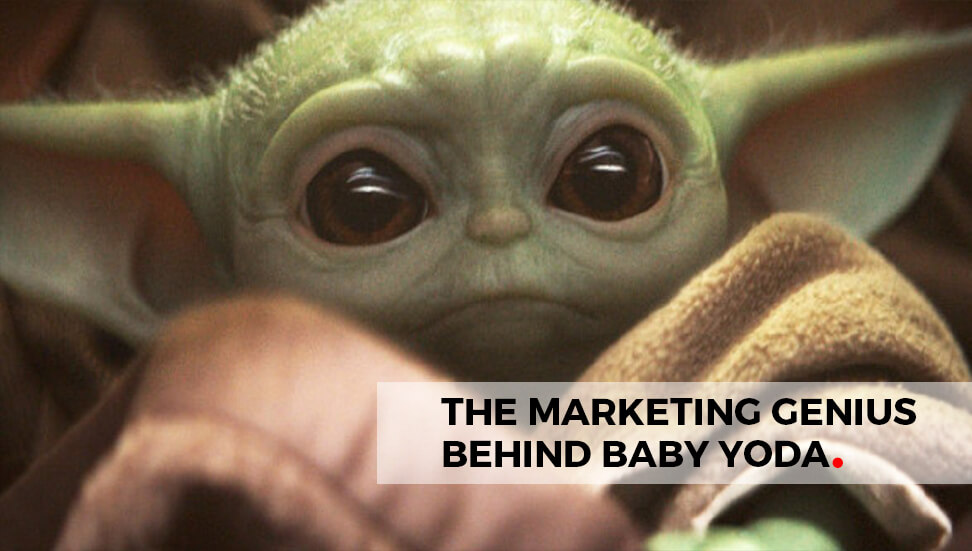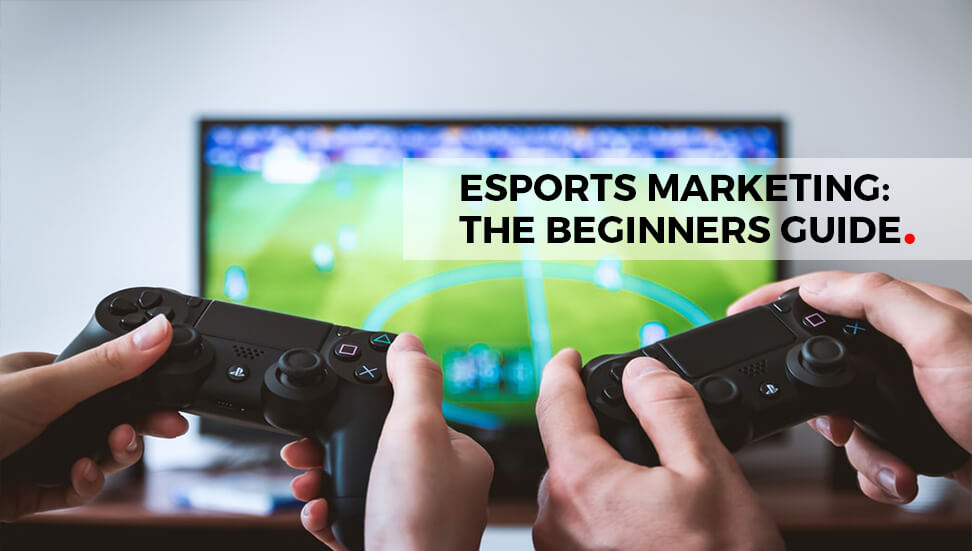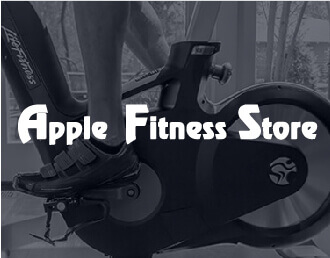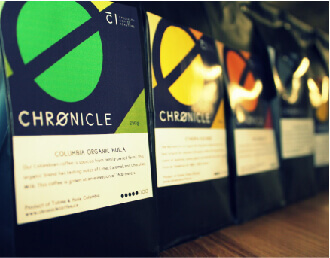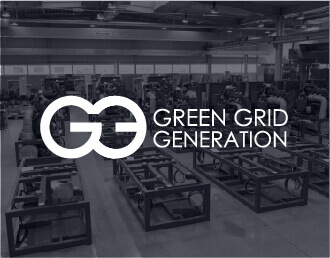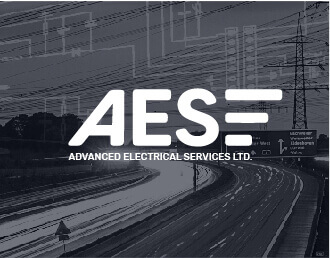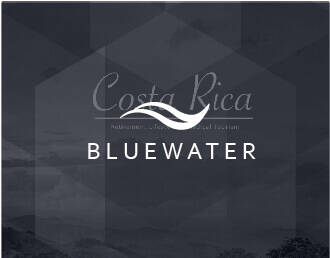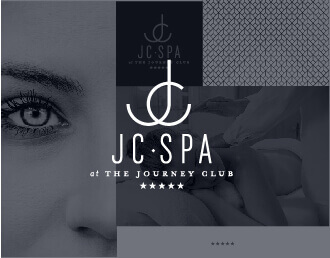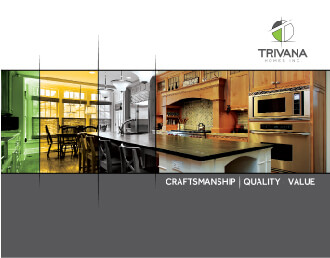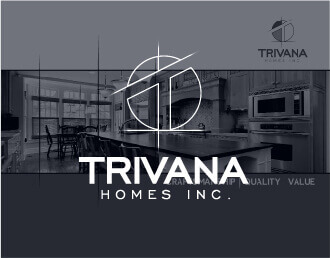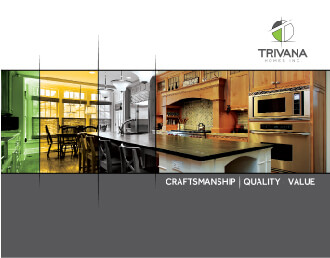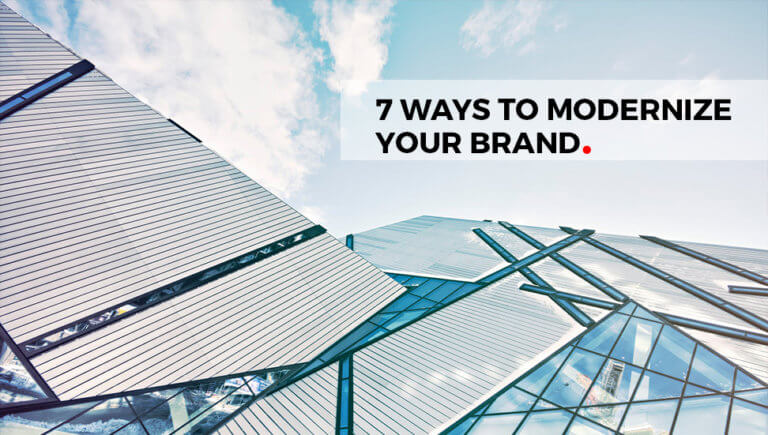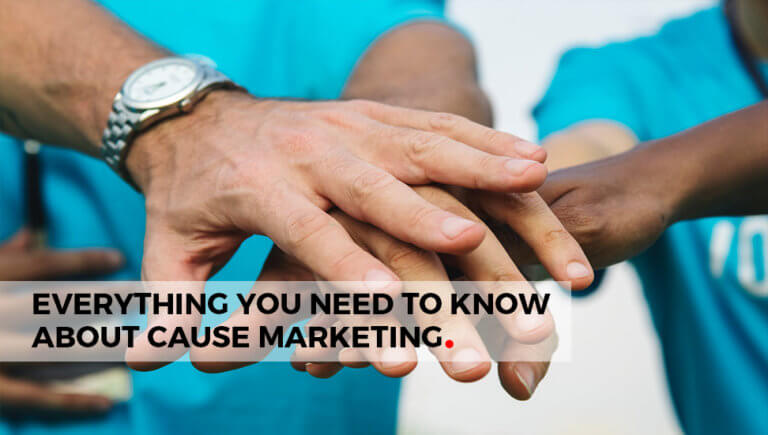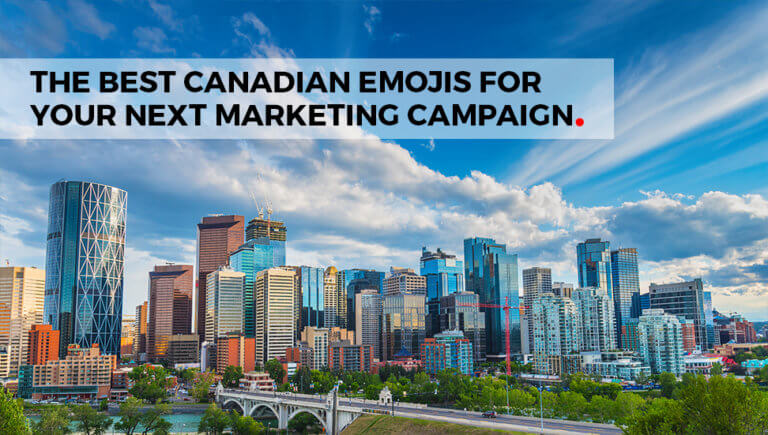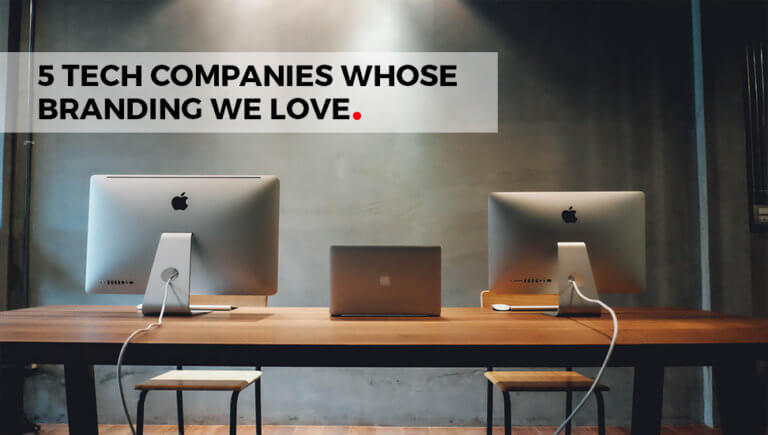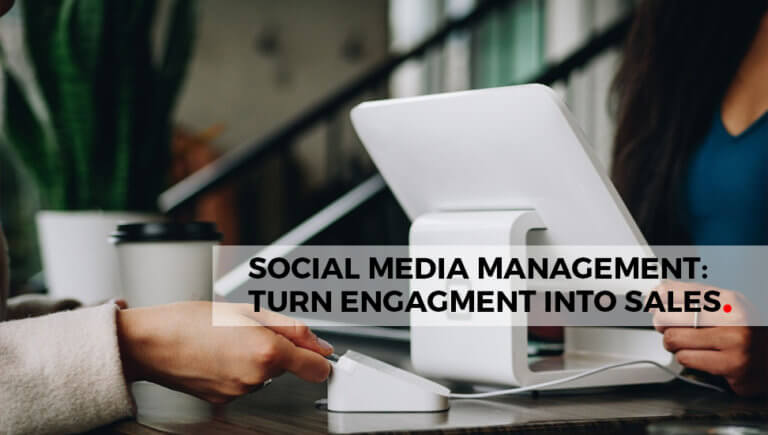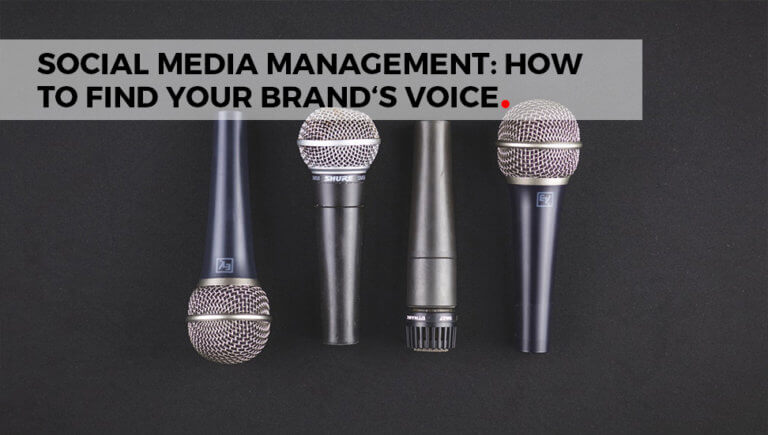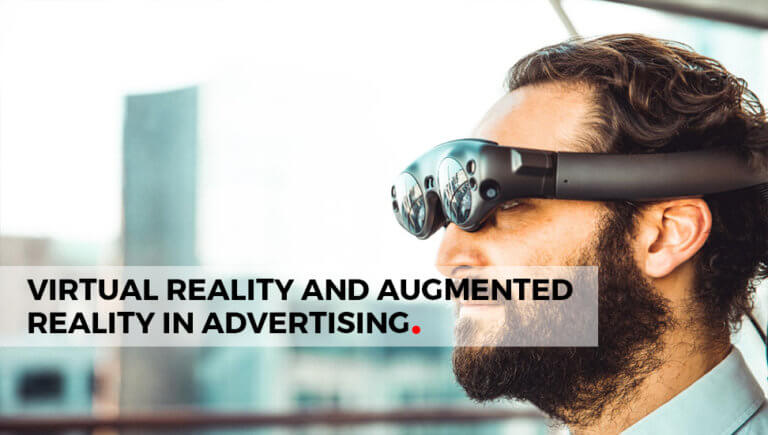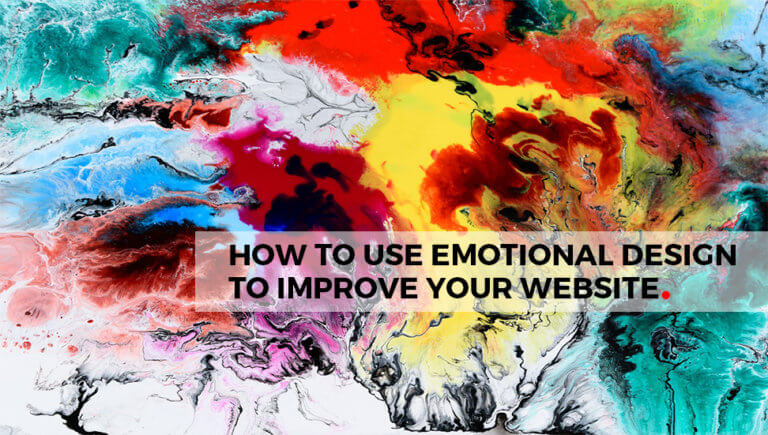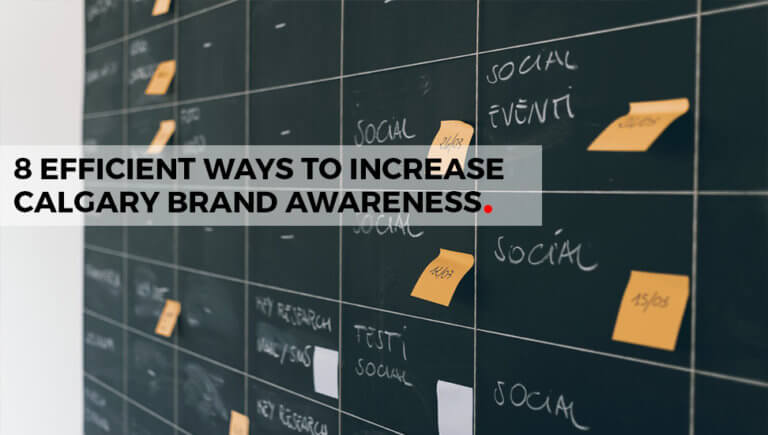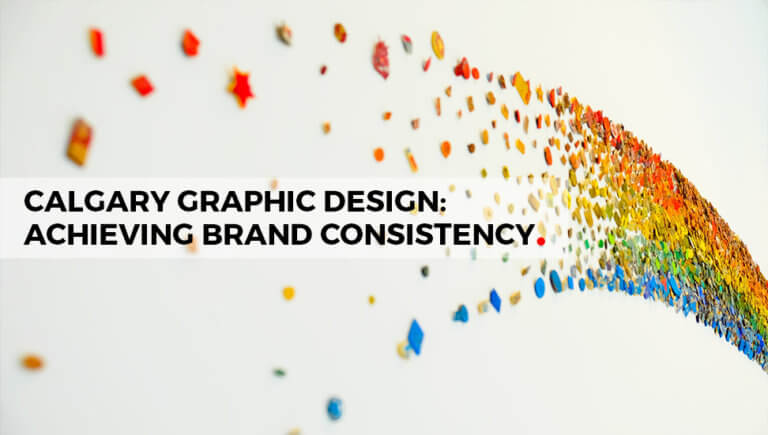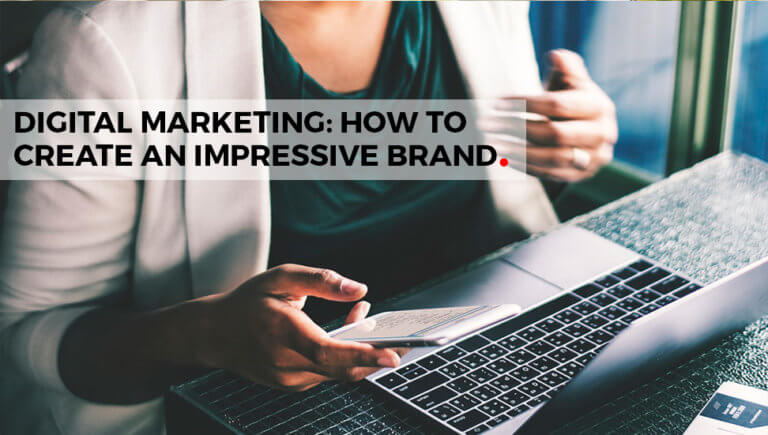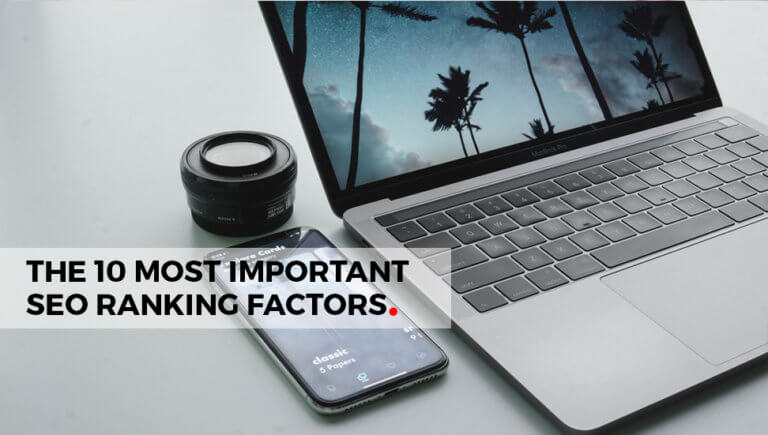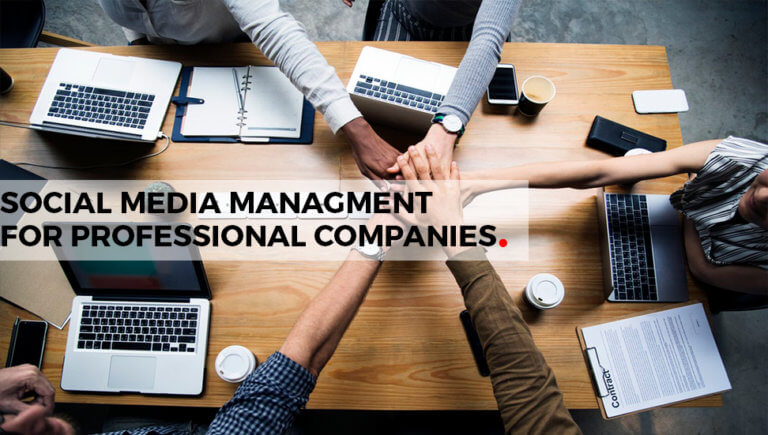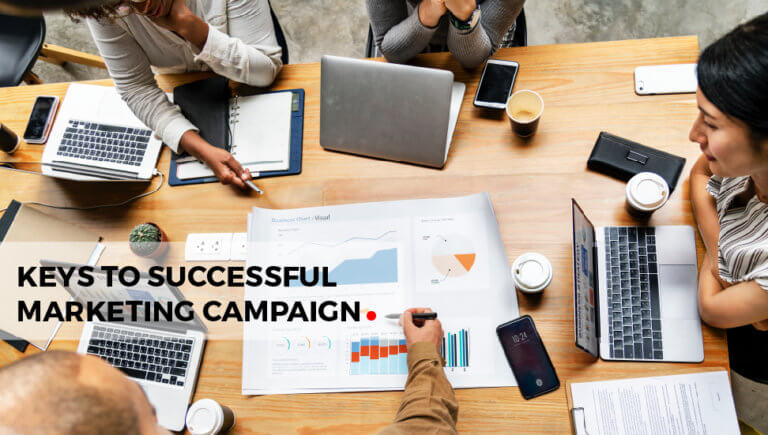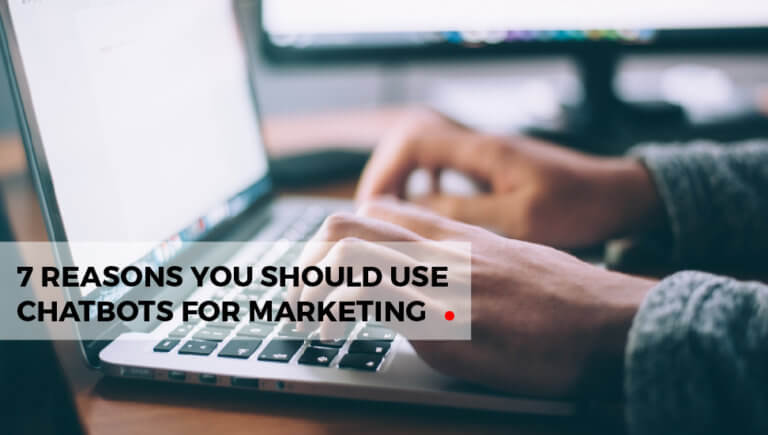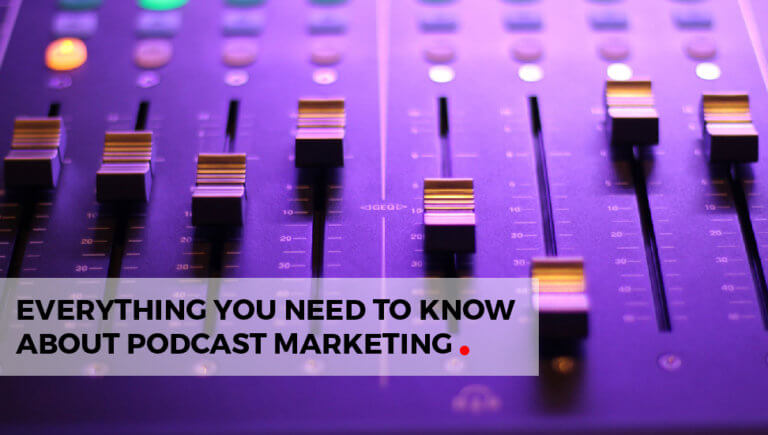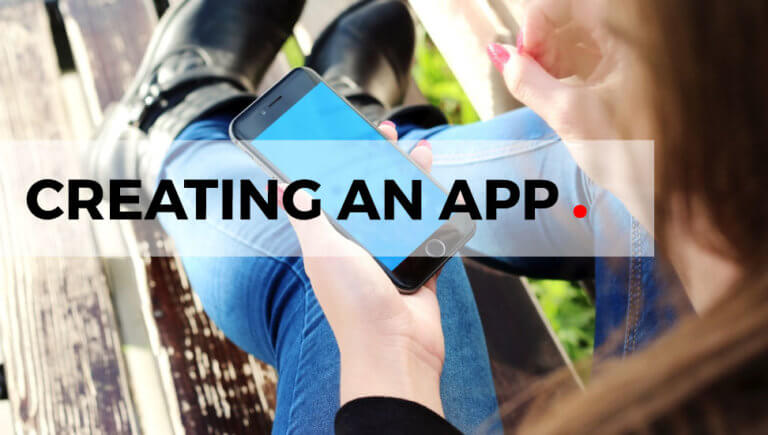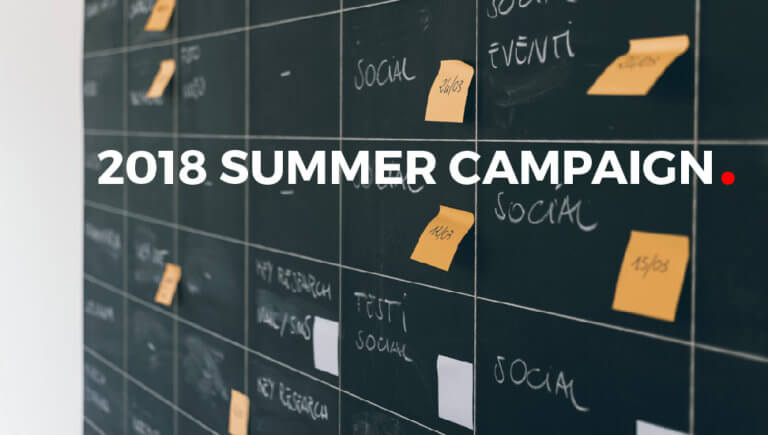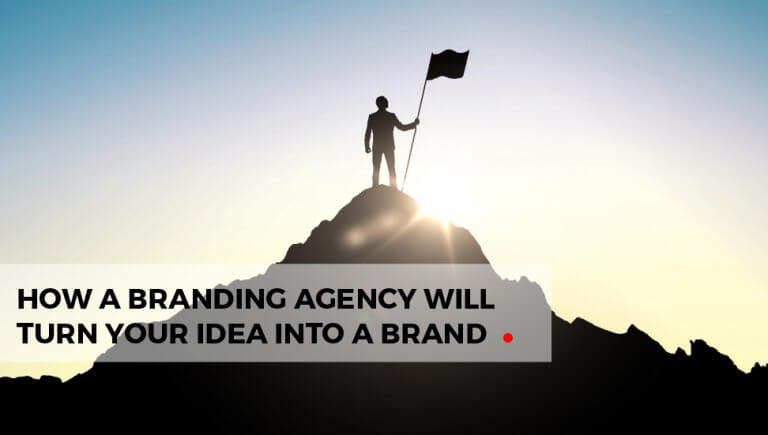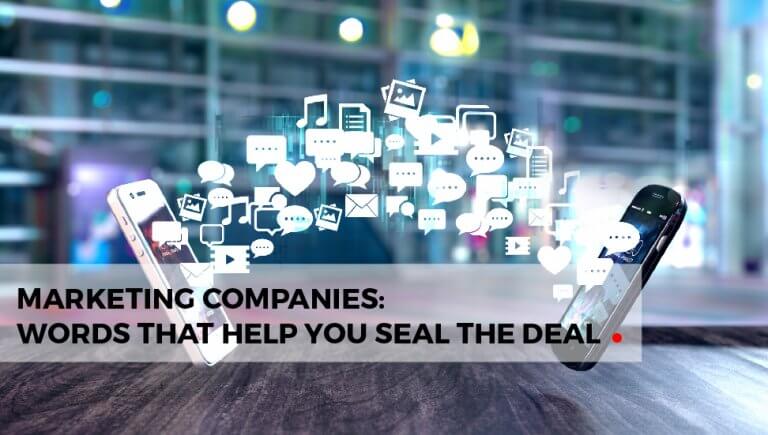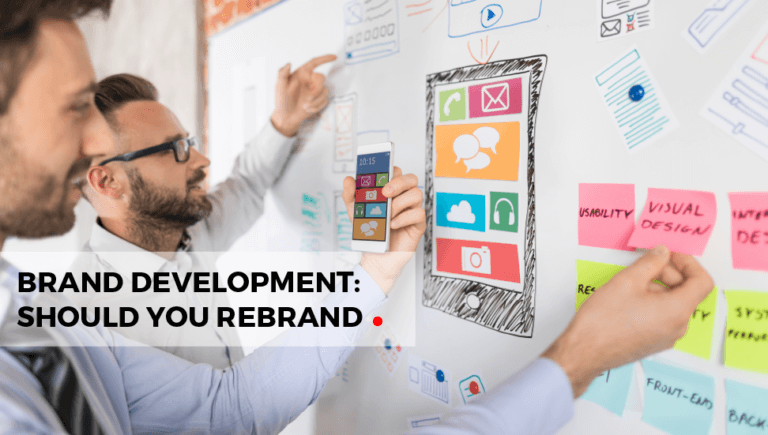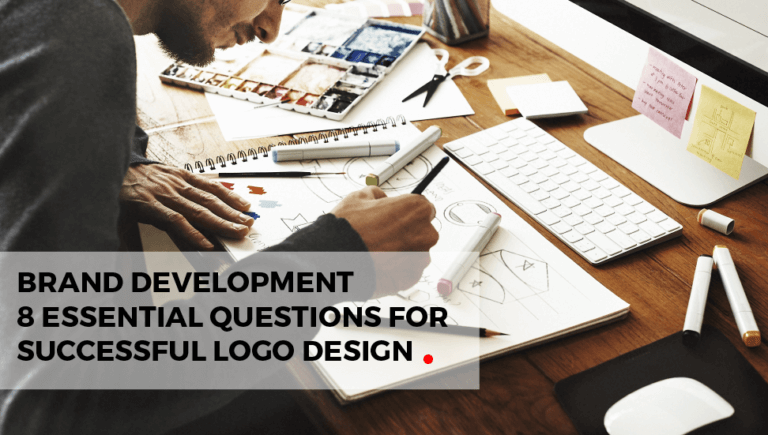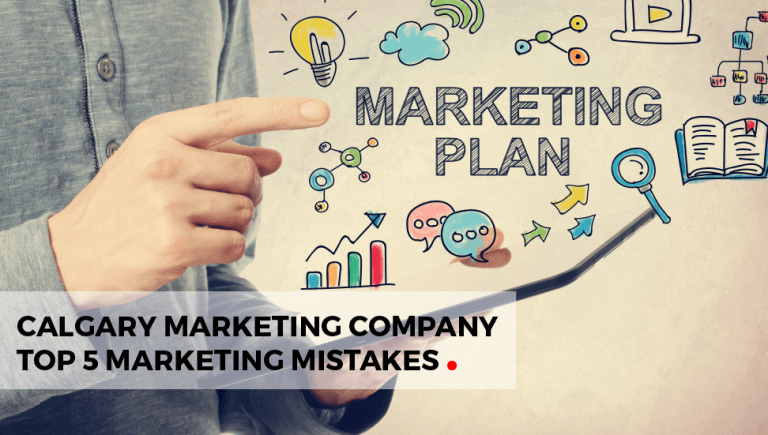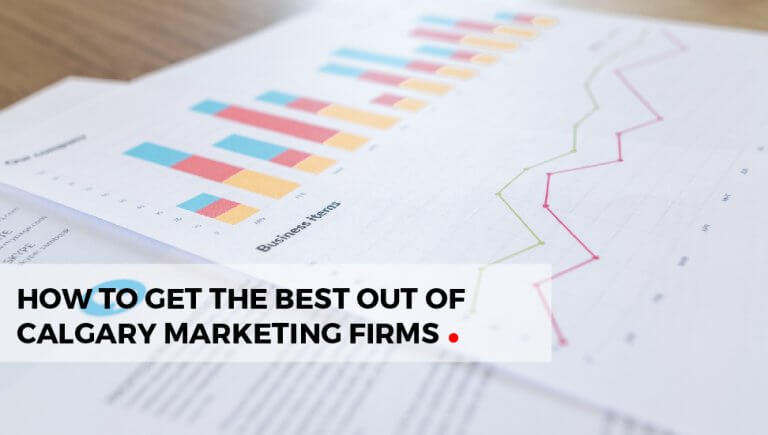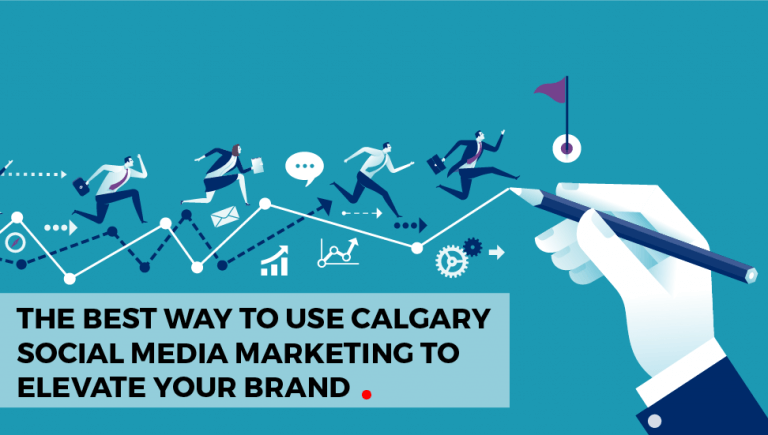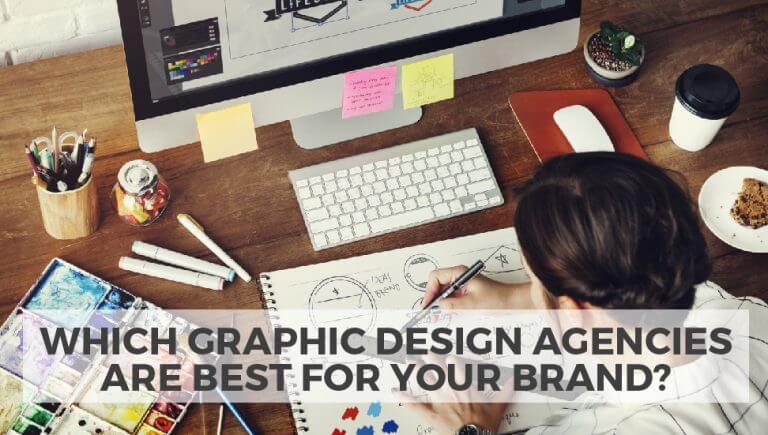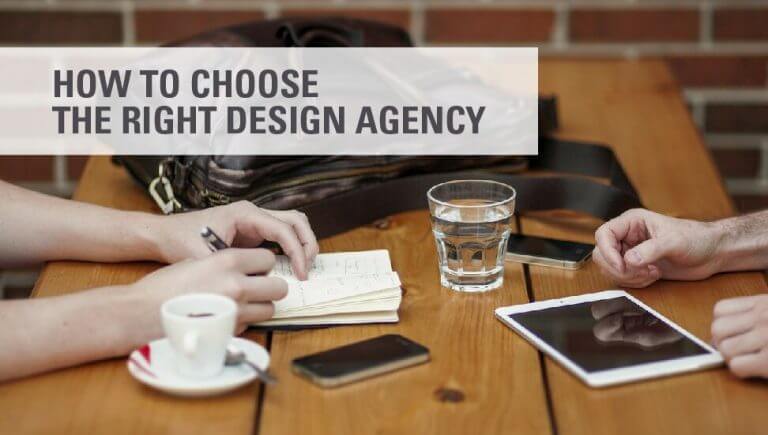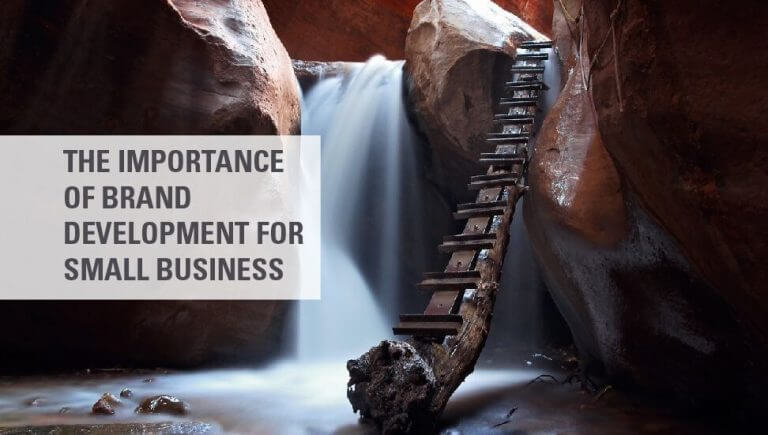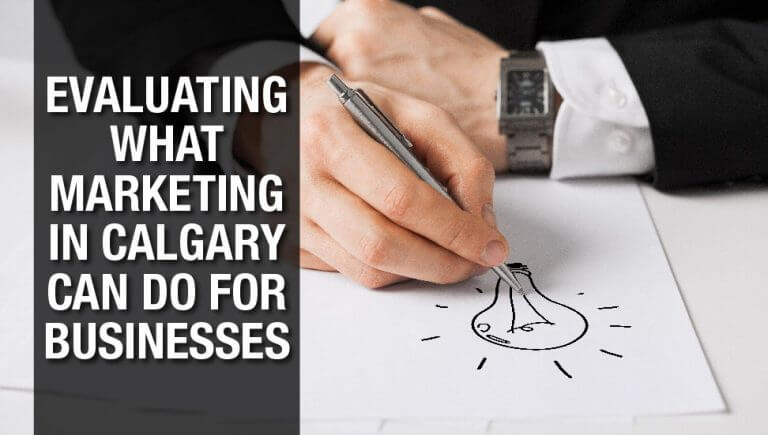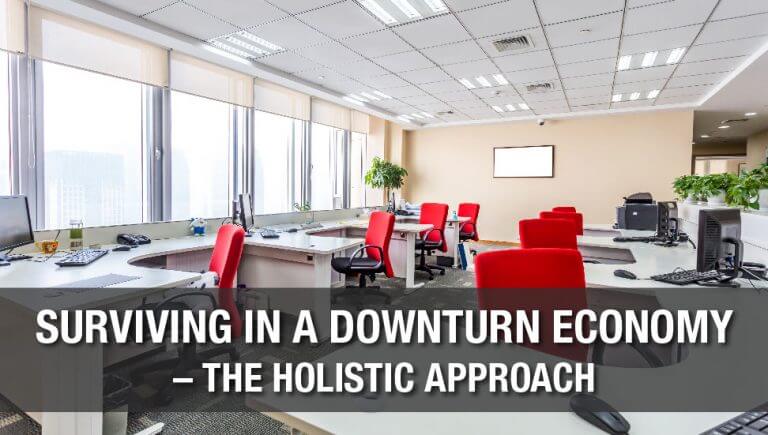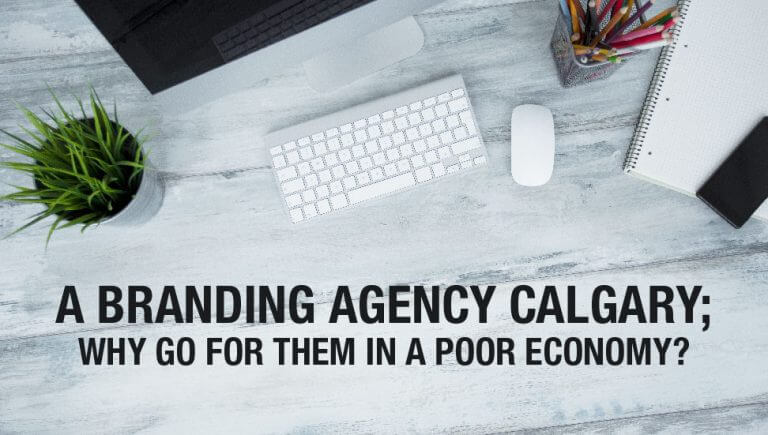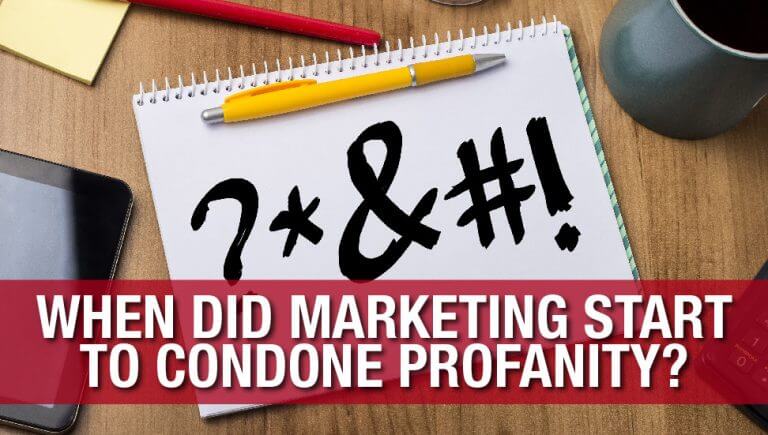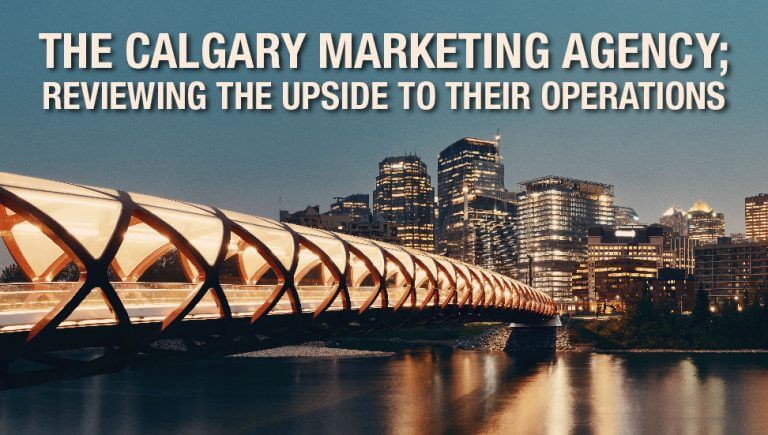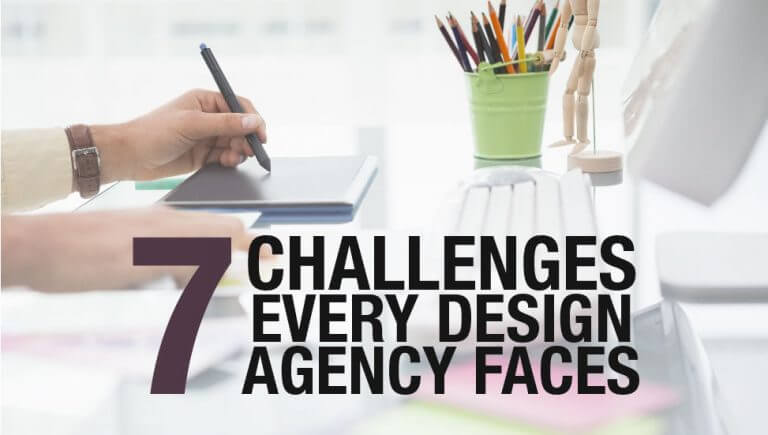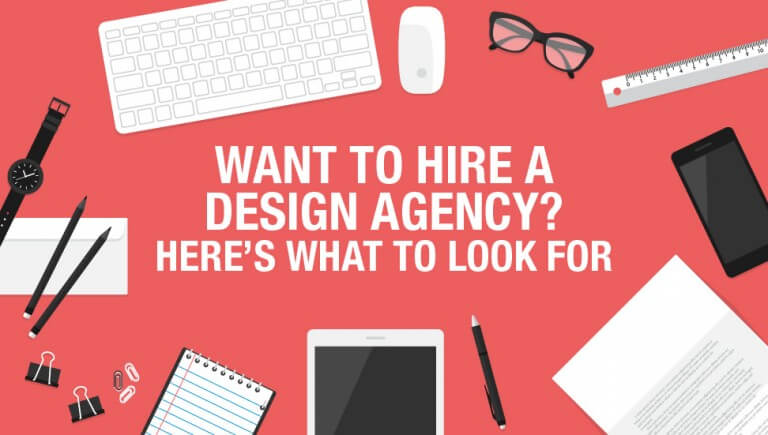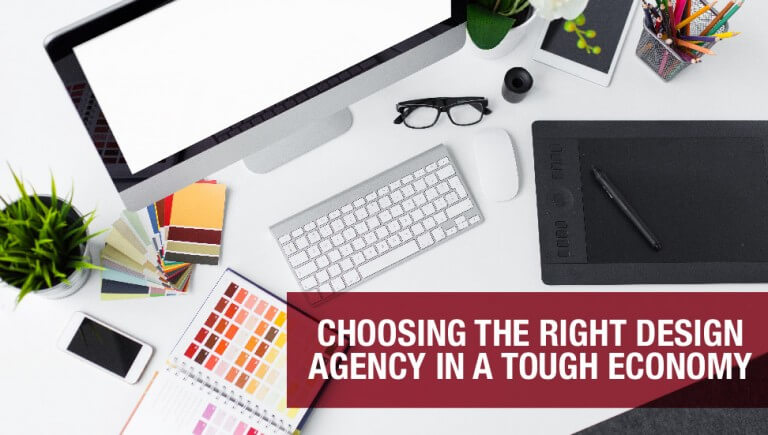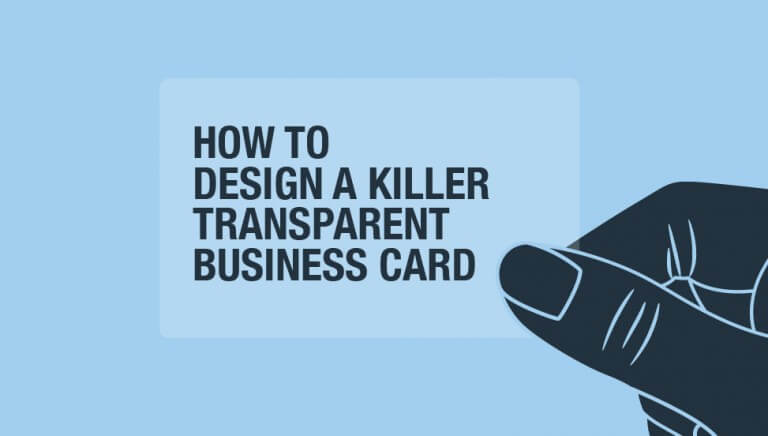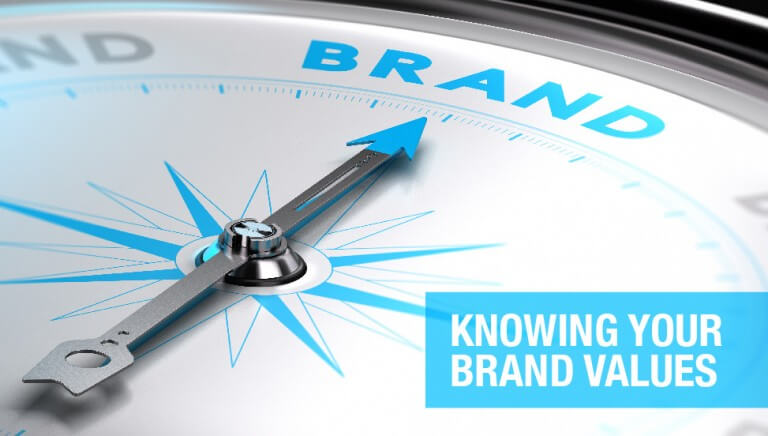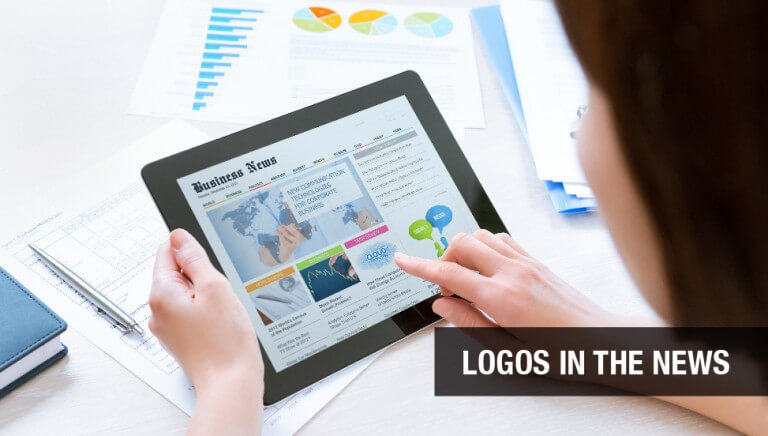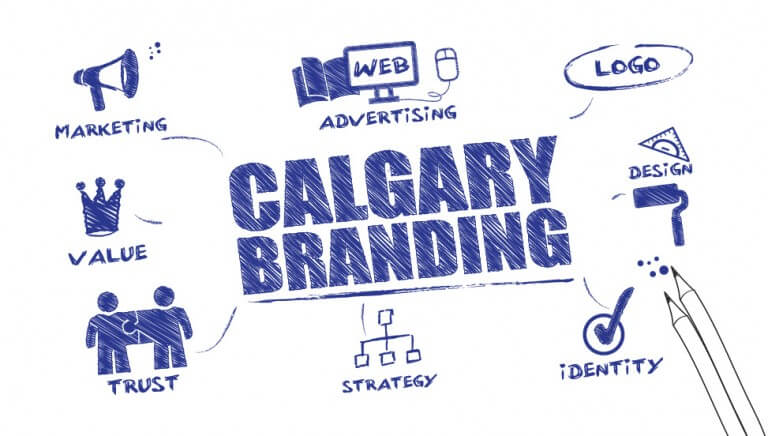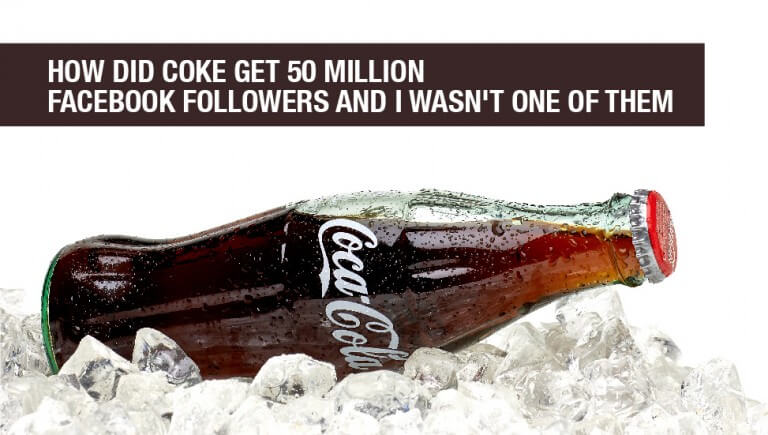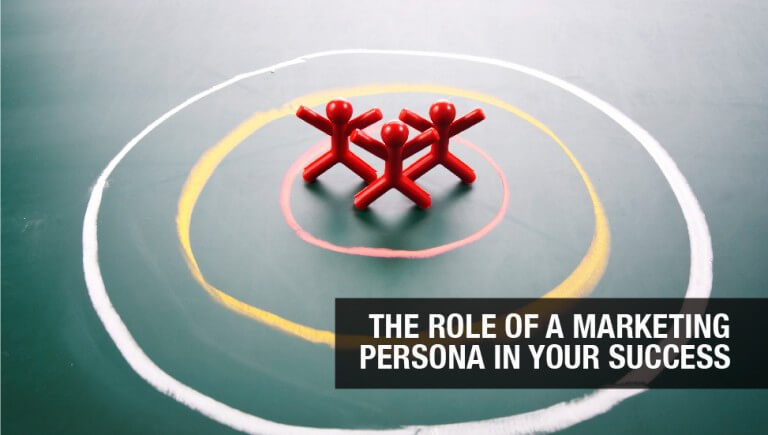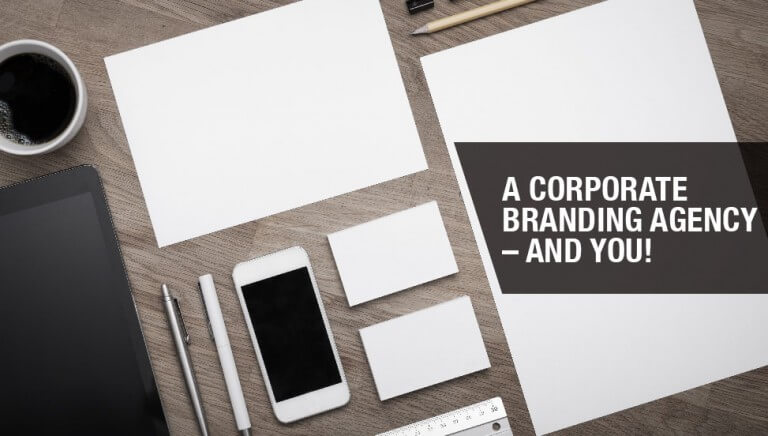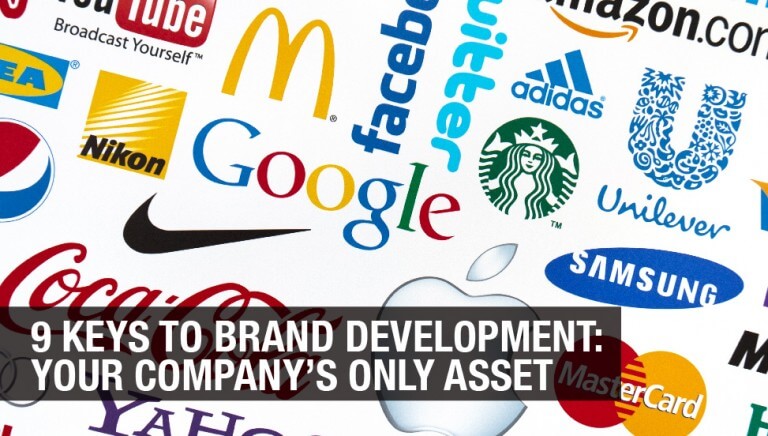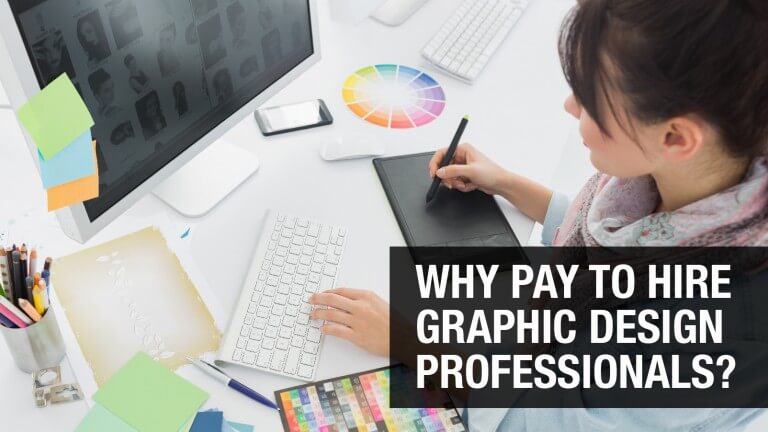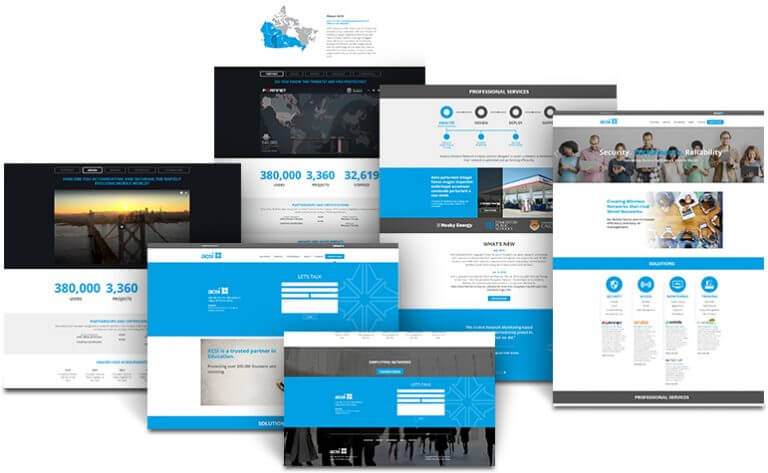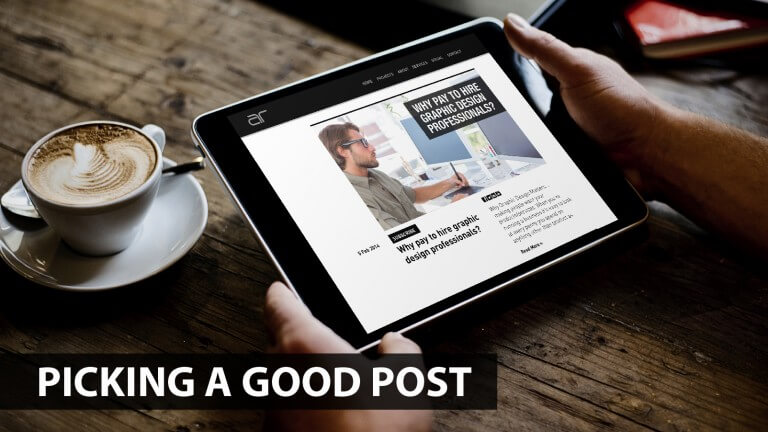-
Do you remember an amazing experience you had that you could not stop ...
Read More
-
Technological advances over the last decade have drastically changed all ...
Read More
-
You might wonder, what makes a luxury brand? Is it the price tag or how ...
Read More
-
Negligence can be costly, especially today, where social responsibility is ...
Read More
-
According to a recent study, the purchasing habits of consumers are ...
Read More
-
What’s in a logo? A logo is an anchor to a company’s visual language ...
Read More
-
The emoji is a prominent feature of modern mobile devices and it is ...
Read More
-
What is Branding? It has become one of the hottest topics surrounding ...
Read More
-
Without your customers, you wouldn’t have a business. Customers are ...
Read More
-
Social media is undoubtedly one of the greatest inventions of the 21st ...
Read More
-
Creating a brand is more than designing a logo, it’s about creating ...
Read More
-
Calgary advertising companies utilize an array of tools and strategies to ...
Read More
-
Social media is an effective marketing tool has given digital marketing an ...
Read More
-
The digital age has prompted many businesses to create an online platform. ...
Read More
-
Regardless of your industry or target audience, your business must ...
Read More
-
A great business plan for spring is not complete without comprehensive ...
Read More
-
Maintaining a consistent brand identity can be a tough task. This is a ...
Read More
-
You’ve worked hard building your business. You provide great products and...
Read More
-
Calgary SEO shouldn’t be neglected especially by brands with an ...
Read More
-
Social media never sleeps. It doesn’t fit neatly into your 9-5 work ...
Read More
-
Social media shapes the way we interact and conduct business. forgoing ...
Read More
-
In today’s market, social media has been an indispensable tool. In fact, ...
Read More
-
Clearing defining your Calgary marketing goals is an essential step in ...
Read More
-
A successful Calgary marketing campaign should result in your business ...
Read More
-
Chatbots have gained more popularity in recent years following wide ...
Read More
-
The sales and marketing landscape is constantly changing, which means it&#...
Read More
-
A podcast an episodic series of audio or video files uploaded on the ...
Read More
-
Gym membership has increased by 25 million in the years 2000 till 2016 and ...
Read More
-
When you open the doors to your new Calgary business, you probably expect ...
Read More
-
To stay competitive in the Calgary market brands are constantly trying to ...
Read More
-
Ideas are dime a dozen and everyone seems to have one. Innovative ideas, ...
Read More
-
How is your team preparing for your company’s 2018 marketing campaign ...
Read More
-
What is Content Marketing? And what is the importance of delivering ...
Read More
-
Building a website is a good way to attract new customers and service and ...
Read More
-
Now that you have decided you want to create a brand, there are a few ...
Read More
-
In 2018, a lot of marketing happens online and for good reason, it is ...
Read More
-
When it comes to marketing copy is key to drawing people in and funnelling ...
Read More
-
Building trust with your clients and potential clients is important if you ...
Read More
-
What is Calgary branding? And what is the importance of it? When you think ...
Read More
-
Your company’s brand is one of its greatest assets. The world today is ...
Read More
-
Instagram is one of the biggest social media platforms right now. Your ...
Read More
-
Developing a new logo design for a client takes understanding, preciseness ...
Read More
-
Creating a successful marketing campaign is vital to the success of a ...
Read More
-
Hiring Calgary marketing firms will benefit a business by bringing in new ...
Read More
-
Top Services offered by marketing companies Calgary Everyone is on a budget...
Read More
-
The Best Way to Use Calgary Social Media Marketing to Elevate Your Brand...
Read More
-
Which Graphic Design Agencies are Best for Your Brand There is a lot to ...
Read More
-
Marketing Calgary: How We Would Market Our City Every day, marketing ...
Read More
-
Calgary Marketing Firm: The Top-Notch Services They Offer It’s a fact...
Read More
-
Calgary Marketing Companies: What they’ll include in Your Marketing ...
Read More
-
Calgary Marketing Agency: What Makes Them Stand Out When hiring a ...
Read More
-
Marketing Performance Management (MPM) – What it Means for You With the ...
Read More
-
How to Choose the Right Design Agency If you are looking to launch a new ...
Read More
-
The Importance of Brand Development for Small Business In today’s ad-...
Read More
-
When we take a company’s Web traffic analytics we can almost guarantee on...
Read More
-
What the economy of Calgary is going through is a consequence of the ...
Read More
-
No can escape the fact that things are tough in Calgary at the moment, with...
Read More
-
Marketing in a business requires precision and unique input, and both ...
Read More
-
I came across a post in a marketing blog recently that started a complete ...
Read More
-
The economic slump being experienced in Calgary is unfortunate especially ...
Read More
-
The daily life of a design agency is fraught with challenges, not least of ...
Read More
-
Hiring the right agency to handle your design needs is definitely one of ...
Read More
-
Probably, one of the most valuable assets of your business is your brand. ...
Read More
-
It is usually easy to get a web designer, but the real challenge comes when...
Read More
-
With crippling oil prices and some of the most expensive overhead costs in ...
Read More
-
When I was in University corporate image was THE buzz word for marketing. ...
Read More
-
If you’re not a website designer it’s hard to know when your website ...
Read More
-
Marketing is all about reinvention. Every day, every project you do is ...
Read More
-
A transparent business card is where it’s at. If you’ve got attitude, a...
Read More
-
Company image has given way to branding. To make an impact in today’s ...
Read More
-
Why do we treat a day out to IKEA like it was a day trip at the beach? For ...
Read More
-
Making the most of your web design means taking advantage of all the ...
Read More
-
Every company needs a logo. It is part of the brand that defines who they ...
Read More
-
Are you looking for a marketing firm Calgary loves? Being a small to medium...
Read More
-
Building your brand is an important part of any marketing strategy. To make...
Read More
-
If you are looking for a unique twist with your Calgary business cards look...
Read More
-
As a marketer you have to know how to do research. In fact you have to know...
Read More
-
What is a social media agency? Social media is nothing new – but the ...
Read More
-
There are a wealth of opportunities with Calgary graphic design companies ...
Read More
-
Why do you need a branding agency Calgary style? Isn’t Calgary branding ...
Read More
-
Every successful marketing campaign starts with knowing your audience. You ...
Read More
-
In recent years the buying process for consumers has changed. For decades ...
Read More
-
Why does a corporation need a brand? And what is a corporation anyway? ...
Read More
-
9 Keys to Brand Development: Your Company’s Only Asset When you are asked...
Read More
-
Responsive web design has been around for some time and is no longer ...
Read More
-
Getting a Big Business Brand on a Small Business Budget Branding. If you’...
Read More
-
Brand Development in a Digital World There is no more important principle ...
Read More
-
Why Graphic Design Matters….making people want your products/services...
Read More
-
When I was in University corporate image was THE buzz word for marketing. ...
Read More
-
Not even as long a decade ago, teams of marketing people would sit round a ...
Read More


